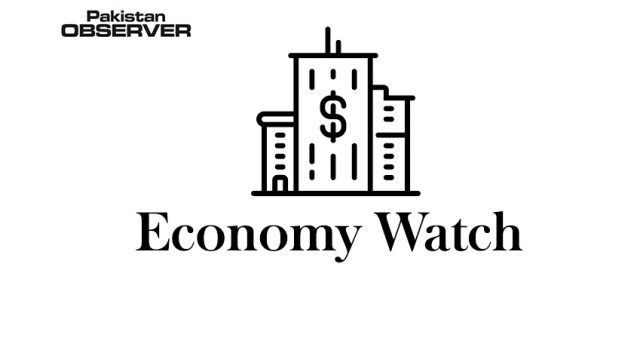Staff Reporter Islamabad
Karandaaz held a webinar to share the findings of the recently concluded survey on the impact of Covid-19 on financial behavior in Pakistan.
This survey was designed and conducted in partnership with Kantar and is preceded by six waves of the Financial Inclusion Insights (FII) Survey.
FII survey is a nationally representative survey gauging financial inclusion and access to and use of mobile money and other digital financial service in Bangladesh, India, Indonesia, Kenya, Nigeria, Pakistan, Tanzania and Uganda.
In Pakistan, the last FII survey was implemented prior to the Covid-associated lockdown in March 2020.
Subsequently, this survey was conducted from October 20 to December 30, 2020 to measure changes in financial inclusion compared to the FII Wave 6 survey implemented earlier in the year.
Survey findings on the impact of Covid-19 on financial behavior show that while financial inclusion in Pakistan increased from 21% of adults pre-pandemic to 25% in late 2020, the change was driven entirely by mobile money adoption.
Mobile money account ownership by registered users increased from 9% of adults before Covid-19 to 16% in late 2020.
The pandemic had no significant effect on bank account ownership compared to before Covid-19.Most significantly, the pandemic caused the gender gap to narrow in 2020.
While the gender gap remains an enormous barrier to financial inclusion and economic empowerment, the financial inclusion of women increased from 6 – 11%, which is a major occurrence considering the number hovered between 5-6% in multiple previous waves of the FII Survey.










